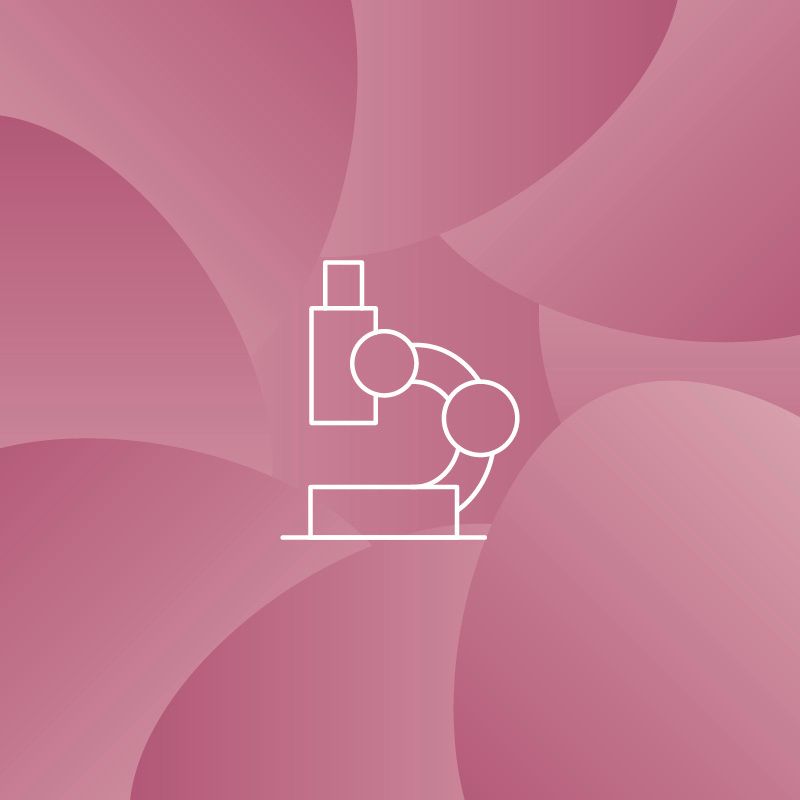
Multimodal breast cancer treatment Interdisciplinary planning - personal surgery - all-round care
At the Seeblick Medical Practice, we offer you all modern treatment options from a single source in cooperation with a certified breast center and you will be operated on personally, regardless of your insurance status.
On request, we can also take care of the complete follow-up treatment and aftercare.
Ms. Denise Beck is a qualified breast specialist with many years of expertise and is available for consultation and treatment. Breast cancer treatment consists of a multimodal treatment concept.
It combines various forms of therapy - surgery, radiotherapy and drug-based tumor therapy - in a plan tailored to your individual needs. All cases are discussed together in our interdisciplinary tumor board and the optimal type and sequence of measures are determined. Multimodal means that we combine several methods in a targeted manner in order to achieve maximum safety and the best possible results.
Breast surgery
Breast-conserving operations
Breast-conserving surgery is possible in 70-80% of cases.
Removal of the tumor with a clear safety margin while preserving the skin and breast shape.
Oncoplastic breast surgery
These are breast-conserving surgical techniques with aesthetic appeal. They combine cancer surgery with plastic-reconstructive techniques. In this way, tumor resection and aesthetic reconstruction can be combined in one step.
They are just as safe oncologically as conventional procedures.
Reconstruction with intraglandular displacement flap
Targeted displacement of healthy glandular and fatty tissue from the surrounding area to gently even out imperfections.
Tumor-adapted reduction plasty (volume displacement)
This technique is based on breast reduction surgery and is particularly suitable for women with large or ptotic (sagging) breasts. In this case, the shape of the breast is corrected at the same time as the cancer is removed. This means that even larger tumours can be safely removed and the aesthetic result directly optimized.
Local flap plastics
Use of neighboring tissue strips for reconstruction after larger volume removal
Contralateral alignment
If necessary, the shape and size of the healthy breast is adjusted to achieve optimum symmetry
Breast removal
In rare cases, a mastectomy is necessary, in which the entire breast tissue is removed.
If you wish, we can offer you breast reconstruction immediately afterwards or at a later date - always with maximum oncological safety.
Breast reconstruction or reconstruction of the breast
The breast is reconstructed after a surgical procedure - either directly after the mastectomy in the same operation or at a later date.
The aim is to give you back a natural breast shape that suits you.
The body's own tissue
- Skin and subcutaneous fatty tissue with or without muscle from the abdomen, leg, buttocks or back are used here
- This method uses your natural resources and often delivers a particularly harmonious result.
- Advantages: Natural feel, no foreign materials
- Disadvantages: Longer operation time, donor site scars
Foreign material (implant/expander)
- Implants are used in a similar way to aesthetic breast augmentation.
- If the definitive breast reconstruction is not performed in one step with the cancer operation, a breast expander is inserted after a mastectomy (breast removal). This is a flexible silicone container that is gradually filled with saline solution. It serves as a placeholder under the skin or pectoral muscle.
- Advantages: Shorter operation time, fewer scars
- Disadvantages: Capsule formation possible, replacement surgery necessary
Lipofilling (autologous fat transfer)
- Fat tissue is removed from other parts of the body (e.g. abdomen, thighs), processed and transferred to the breast.
- This method is particularly suitable for refining the shape or as a complementary step with or after other reconstruction procedures.
Combinations
It is also possible to combine different methods - for example, implant plus lipofilling, for an even more natural contour.
Surgery on the axillary lymph nodes for breast cancer
During breast cancer surgery, we usually check whether tumor cells have spread to the nearest lymph nodes (armpit).
This helps to plan and dose the treatment optimally.
This is done using the
Sentinel lymph node removal (sentinel lymph node biopsy)
precise marking and removal of the sentinel lymph node(s).
The sentinel lymph node is the first lymph node to which breast cancer cells typically migrate.
- Before the operation, a weak radioactive substance or a harmless dye is injected in the areola area. These migrate along the lymph channels and remain in the sentinel lymph node, marking it.
- Through a small incision in the armpit, only this one "sentinel" or 2 to 3 are removed and examined for tumor cells in the laboratory.
In selected cases, removal is also possible via the incision through which the breast tumor was removed.
- In the laboratory, pathologists check whether tumor cells are detected
Your advantages with sentinel lymph node removal
- Gentle surgical technique
- Low risk of swelling (lymphoedema) and sensory disturbances
No lymph node removal
In very well selected cases, the SOUND study (https://doi.org/10.1001/jamaoncol.2023.3759) shows that patients can even forgo the sentinel biopsy altogether and receive direct radiotherapy to the armpit without compromising the safety of the treatment. This is determined at the interdisciplinary tumor board.
Axillary lymphadenectomy (axillary lymph node removal, axillary dissection)
This more extensive removal of all lymph nodes in the armpit is only necessary in special cases, such as in the case of more than two affected sentinel lymph nodes with macrometastases (> 2 mm), inflammatory breast cancer (inflammatory breast carcinoma) or axillary recurrence (recurrence in the armpit area).
The advantage of safety is offset by an increased risk of swelling (lymphedema) and sensory disturbances.
New study perspective: TAXIS study
We are also participating in the international TAXIS study in collaboration with our cooperating breast center to test whether targeted underarm radiotherapy can replace the removal of all lymph nodes in the case of affected sentinel lymph nodes in the long term - with fewer side effects and equally good safety.
Adjuvant radiotherapy for breast cancer
After breast-conserving surgery, adjuvant radiotherapy (radiotherapy, irradiation) complements our multimodal therapy approach.
Post-operative radiotherapy is intended to safely kill any remaining cancer cells on site and thus significantly reduce the risk of local recurrence. Radiotherapy may also be necessary after a mastectomy or if lymph nodes are affected.
In the interdisciplinary tumor board, we individually adjust the timing, technique and dose to your personal risk of recurrence.
- Irradiation area: complete breast or chest wall, optional targeted boost to the tumor bed, lymph drainage regions
- Start: usually 4-8 weeks after surgery (or 2-4 weeks after chemotherapy has been completed)
- Duration: usually 3-4 weeks, 5-10 minutes per session every working day
- Modern techniques such as deep-inspiration breath hold minimize the strain on the heart and lungs
- Skin care and close monitoring reduce side effects such as redness and tiredness
Treatment takes place in a certified radiology oncology center that cooperates with us.
Drug tumor therapy
Drug-based tumor therapy is part of a multimodal concept:
Surgery, radiation and systemic therapies complement each other.
Whether the medication is used before ("neoadjuvant") or after ("adjuvant") the surgical procedure depends on the size and type of tumor and your risk of recurrence. "Neoadjuvant" can shrink the tumor and enable breast-conserving surgery - "adjuvant" aims to destroy any remaining cancer cells and prevent recurrence.
In the interdisciplinary tumor board, we individually adjust the timing, medication and duration to your type of breast cancer and the stage of the disease.
Online appointment scheduling
Would you like to schedule an appointment? It's quick and easy with our online booking tool - we look forward to hearing from you!
Learn more
Here you will find further information about the field of senology.










